9 Ways to Change Up Your Vegetable Garden for the Coming Season
http://decor-ideas.org 08/09/2014 22:13 Decor Ideas
Late summer is a good time to think about cool-season vegetable plantings, but in addition to testing new crops, consider updating your garden’s bones and structure too. These creative edible gardens from our My Houzz series have some ideas to help you get started.
Crops to plant in late summer for a fall harvest
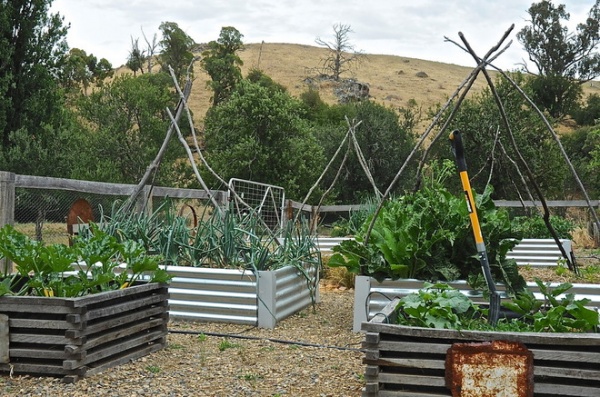
1. Experiment with raised-bed materials. For their garden’s raised beds, this family in Australia used old corrugated metal and stacked wood for a unique and industrial landscape contrast. Salvaged metal drums fit in more crops throughout the yard and create an even more personalized site.
Though we typically see raised beds constructed from timber, many other materials, including stone, steel and concrete have been gaining momentum as stylish alternatives. And putting old materials to new use can be a great way to personalize your garden on a budget.
See the rest of this home
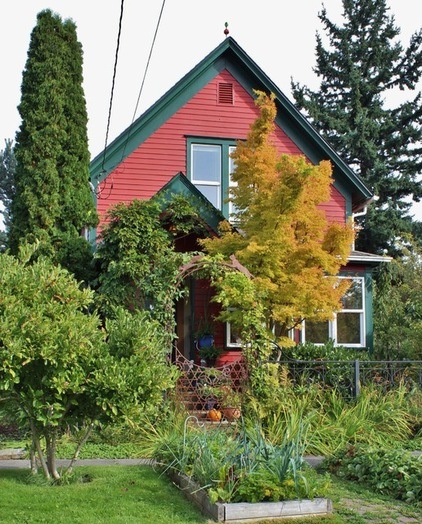
2. Farm the parking strip. Edible gardens are creeping into the front yard and backyard, and onto the roof and balcony, so how about that impossible-to-garden strip between the sidewalk and the street? This house in Washington has a mix of existing mature trees and a raised bed filled edibles and ornamentals in the parking strip.
The edible garden can be about more than providing your family with fresh produce; it can promote discussion and interaction with neighbors and friends. Local laws will dictate what you can grow in this area, but more and more cities are realizing that edibles do make appropriate front-yard gardens. These sites are often the perfect size for raised beds and can also double as sidewalk seating, and many of the crops even prefer the reflected heat and increased temperatures of these sites. Seattle was one of the first cities to adopt policies to allow edible gardening in the parking strip, and other cities are following suit.
See the rest of this home | See another parking strip farm
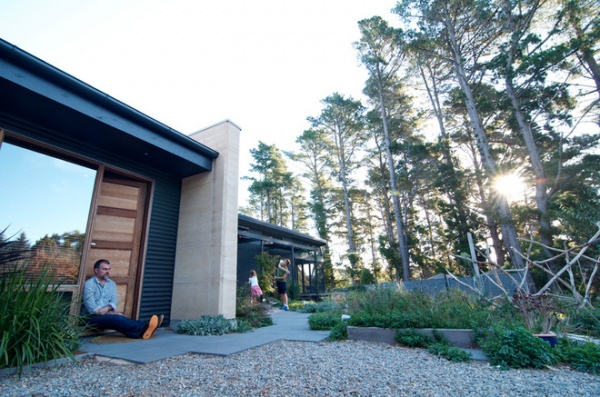
3. Rethink your watering plan. Water rationing may be on the horizon for some regions of the United States, but anyone interested in lowering water bills can benefit from rethinking watering strategies for edibles. This garden in South Australia, which includes pie melons, pumpkins and figs, is watered via a Biolytix wastewater system that includes a 2,000-square-foot subsurface soakage area.
Australian homeowners have been serious about water-saving measures for a while, and most new buildings require a supplemental water supply. Take a cue from this example and consider reusing water from daily duties like showering and laundry (called greywater) for irrigating your edibles and fruit trees. Some systems can be installed by homeowners, and additional high-tech options are available to help save water and money. Wouldn’t it be nice to know that while you’re taking a shower, you’re also watering your crops?
See the rest of this home | Learn more about recycling your water
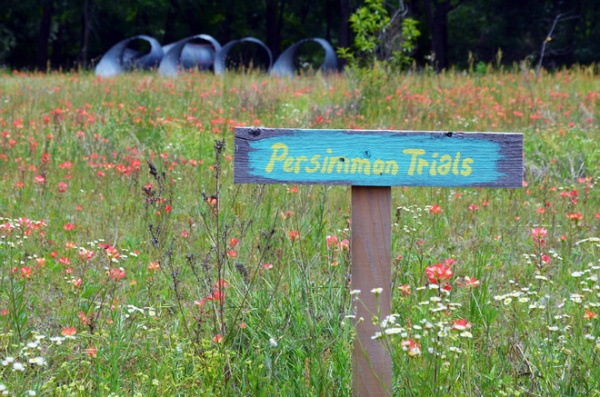
4. Turn your garden into a lab. Experienced gardeners suggest trying out a new edible every season as a challenge and opportunity to evolve crops. Instead of hiding her trials, the owner of this garden in Texas is celebrating them, letting all who visit know that this year she’s attempting to grow and propagate persimmons. A wildflower garden adds more instant beauty to the space.
See the rest of this home
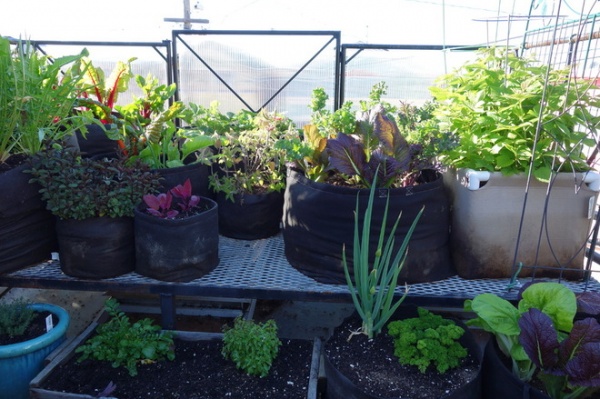
5. Adapt to your location. Towers of tomatoes and cascades of zucchini signal summer for some gardeners, but for the owners of this house in San Francisco, those crops were just not possible. They realized the roof of a custom greenhouse was the sunniest place in the yard, so they planted plenty of leafy greens and lettuces on top of it that would thrive in cooler weather. Now they enjoy fresh salads every night.
Take stock of where you live and what’s realistic for your garden’s conditions. Perhaps you can produce your own herbs, while other crops will need to come from the farmer’s market or someone else’s yard (maybe as a trade). Especially in less-than-ideal conditions, the sooner you grow plants adapted to your climate, the more successful you’ll be and the more fun you’ll have.
See the rest of this yard
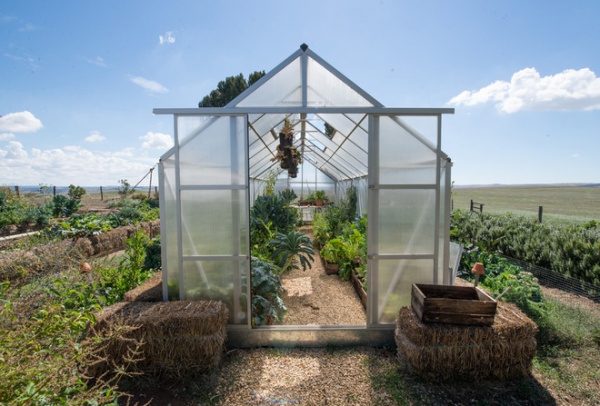
6. Extend the growing season. A greenhouse can increase gardening potential, allowing gardeners in cold climates to grow more than what their weather normally would permit them. This 215-square-foot greenhouse in Australia provides the couple who owns it with greens year-round. It protects the plants inside from wind and has a more humid environment, allowing the homeowners to grow fruits like golden berries and pepinos, which otherwise might not flourish in their dry region.
From cold frames to kit and custom greenhouses, the options abound for extending the growing season into cooler months.
See the rest of this home
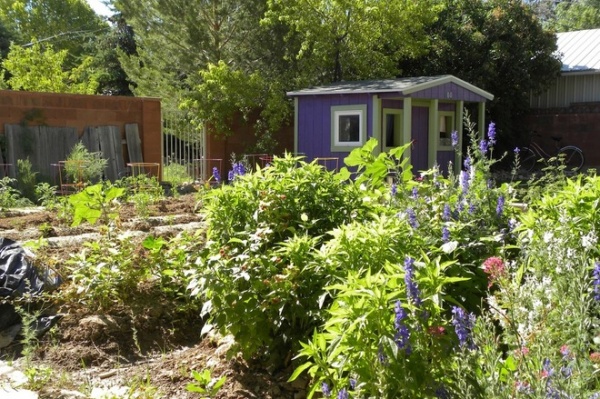
7. Grow with your kids. Instead of providing her daughter with an open lawn, Erin Waldman planted corn, beans, peas, root vegetables, raspberries, herbs, horseradish and heirloom tomatoes. The child’s playhouse sits in the middle of the family’s garden in Utah, providing a clear view of all the garden’s happenings, including the goings-on of their four laying hens: Beauty, PoopFeathers, Chickadee and Speed Racer.
See the rest of this home
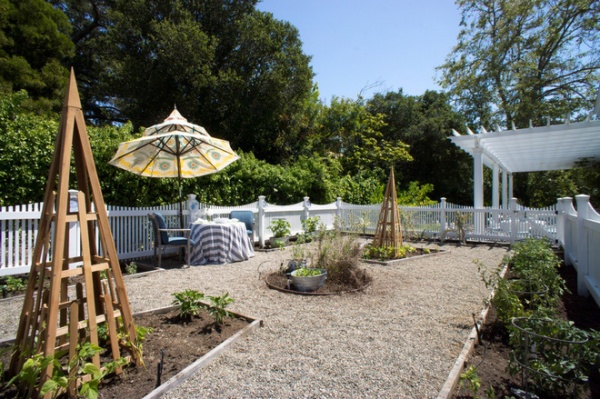
8. Enjoy the view with outdoor dining. Any gardener knows it’s important to check on edibles often to make sure they are doing well, but adding outdoor seating or dining nearby will ensure a stronger tie and a sense of accomplishment — plus a picturesque view.
This family in Hillsborough, California, converted a play structure into an edible garden when the daughter outgrew it. A dining table is always set so that meals near the crops can easily occur.
See the rest of this home
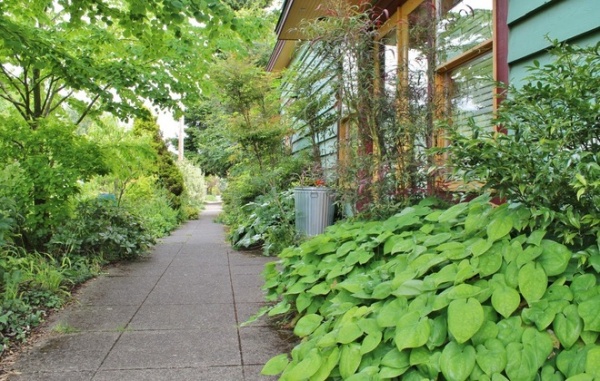
9. Consider birds and bees. From huckleberry and witch hazel to plantains, lady’s mantle, black elderberry and bleeding heart, Amy Ockerlander has created a garden that supports life, where everything has a purpose. “The plants are useful: They’re edible, fragrant or herbal; they attract pollinators and birds,” she says. “The garden ‘pests’ are food for the animals. Many weeds are excellent for the soil — it’s about knowing why something’s in the garden.”
See the rest of this home
My Houzz is a series in which we visit and photograph creative, personality-filled homes and the people who inhabit them. Share your home with us and see more projects.
Gardeners: Please show us a photo of your garden edibles!
Related Articles Recommended












